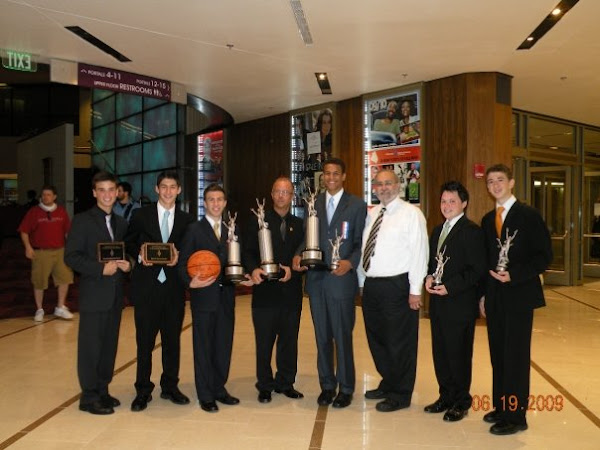Dictionary.com defines the word status in this way: "the position of an individual in relation to another or others, esp. in regard to social or professional standing."
Instantly, we recognize the status of others. He seems shy. She looks nervous. He carries himself like a celebrity. She has movie star quality. He acts like he can buy a small country.
Many of our relations are really status driven. I order my obedient underlings to do their jobs. He cowers in the presence of the beautiful girl.
And a good number of our issues with other people arise from one person's need to raise his/her status at the expense of another's losing status.
Lots more can be said about this, but as a speaker you want to give off HIGH STATUS SIGNALS, not LOW STATUS RED FLAGS.
Note the NO and Yes chart below.
NO--LOW STATUS PHYSICALITY
YES--HIGH STATUS PHYSICALITY
NO--moving head randomly --
YES--keeping head still
NO--darting eyes
YES--keeping eyes still --directing one phrase to one person’s eyes--changing expression when moving to another’s eyes
NO--looking at empty spaces
YES--looking at people
NO--obsessing with notes
YES--looking down sparingly at notes, if permitted
NO--moving body jerkily
YES--moving body smoothly
NO--not using gestures
YES--using box, grapefruit, recreatives (more later)
NO--not completing gestures
YES--extending them out, holding them still, returning them smoothly (w/o wagging and dangling) --gesturing above the waist
NO--slumped posture
YES--erect but comfortable posture
NO--unsteady stance: NO--swaying, shifting weight, rocking, twisting
YES--steady stance (being still is good)
NO--frozen positioning
YES--facile movement during transitions in the speech
NO--blank look
YES--smile, facial expressions; eyes thinking
NO--unconcerned about feedback
YES--concerned about audience reaction and Comprehension/appreciation; adaptation
NO--dressing for failure--casual, unmatched, rumpled, wrinkled
YES--dressing for success: conservative elegant attired
NO--un-combed, unkempt hair
YES--neatly styled hair that says I mean business; hair away from eyes
NO--not “packaged” before walking up: no visibly emptying pockets, adjusting clothing, combing hair
YES--ready to seize the stage
NO--unprofessional visuals
YES--professional visuals
NO--LOW STATUS VOCALS
YES--HIGH STATUS VOCALS
NO--no contrast in pitch, volume, rate, phrasing
YES--meaningful contrast
NO--fuzzy articulation
YES--clear articulation
NO--lack of emphasis of pivotal words
YES--emphasis of pivotal words
NO--inaudibility
YES--clear projection
NO--memorized sound
YES--conversational, friendly sound
NO--low energy
YES--high energy: enthusiastic, passionate
NO--no Tonal meaning behind the words
YES--subtextual tonal meaning behind the words, a clear indication of emotion, feeling, thoughts, memories, desires

